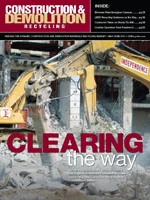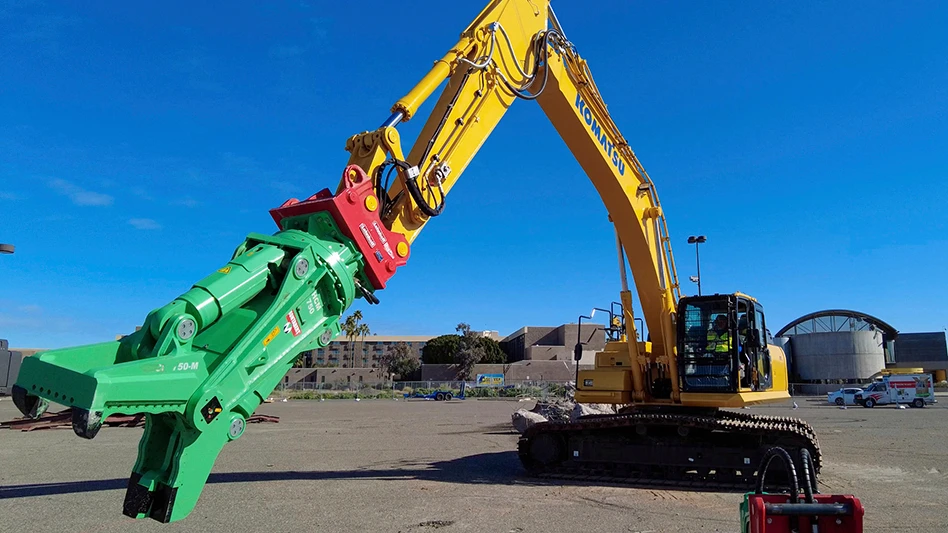Speaking to attendees of the C&D World meeting, held in Las Vegas in March 2011 in conjunction with ConExpo-Con/Agg, environmental engineer Maxwell Lee mentioned more than once that processors, recyclers and consumers of scrap wood can all benefit from industry-standard specifications.
Recyclers of metal, paper and other secondary commodities can attest that published specifications are merely guidelines—most transactions and shipments have variables. But these well established specifications available from the Institute of Scrap Recycling Industries Inc. (www.isri.org), have served those recycling sectors well. Processors, traders and consumers of scrap metal and paper have long been able to speak a common language and share reference points when negotiating the sale and purchase of materials. This common language has been accepted not just in North America, but is used globally in the metals and paper industries.
Lee, a principal engineer with Koogler & Associates, Gainesville, Fla., said the adoption of standards or specifications in the wood recycling industry can be an important stepping stone for scrap wood to be considered a secondary commodity rather than a waste stream.
For scrap wood to be positioned as a secondary commodity in the energy markets in particular, said Lee, the material should be standardized, sold under contract and available year-round. “You can certainly find demand for this material in the future,” said Lee, provided companies and organizations involved in handling scrap wood can meet these criteria.
Positive news for recyclers may arrive in 2011 in the form of standardized definitions and specifications that are being written by the National Solid Waste Management Association (NSWMA, www.environmentalistseveryday.org).
NSWMA staff member Chaz Miller and a task force consisting of several C&D recyclers and others involved in wood recycling have been meeting for nearly a year to create, review and finalize the specifications. (They are currently being reviewed in light of U.S. Environmental Protection Agency draft regulations that could prompt changes.)
The NSWMA’s board of governors agreed in May 2010 that standardized definitions within the C&D sector were critical, and Miller was asked to work with representatives from 11 different companies as well as Construction Materials Recycling Association (CMRA) executive director Bill Turley to address the issue. The task force targeted wood as the highest priority, in part to help ensure scrap wood can meet eligibility requirements tied to certain federal and state boiler fuel regulations.
In its Summer 2010 newsletter, NWSMA phrased it this way: “The goal is simple. NSWMA wants to work closely with the CMRA to develop terminology and definitions that can be used nationwide to identify C&D materials and how they should be managed. The task force wants to see a transformation in how C&D materials are regarded—that they are no longer ‘C&D wastes,’ but are known as ‘C&D resources.’”
It is a goal that, if and when met, should be in the best interests of the majority of the readers of this publication.

Explore the May 2011 Issue
Check out more from this issue and find your next story to read.
Latest from Construction & Demolition Recycling
- Cielo investor requests annual meeting
- CDE sets up washing plant on Long Island, NY
- NWRA: NIOSH cuts a step in the wrong direction
- Ferrous price hikes could be poised to pause
- Northstar secures 15-year lease extension for asphalt shingle recycling facility
- Greenwave asks for SEC filing extension
- Construction Plastics Initiative lines up projects
- ShearCore adds dealership group in Canada






